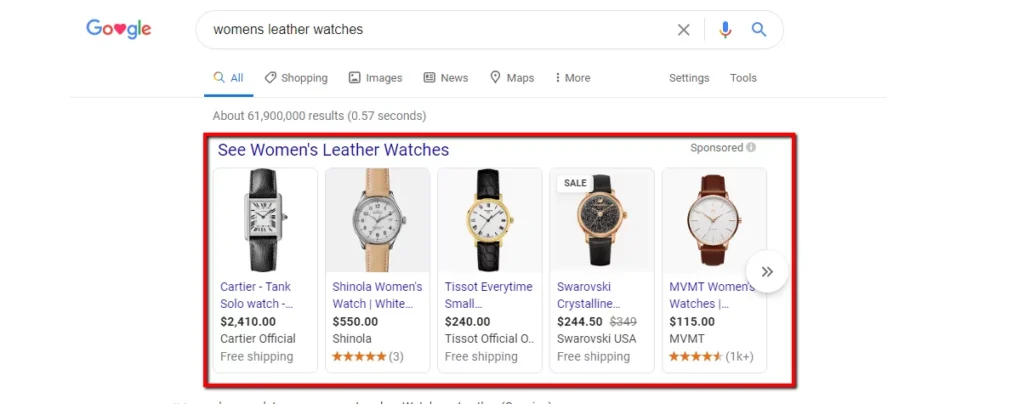Paid advertising plays a crucial role in the success of online businesses. Among various methods, paid ads stand out as one of the most effective strategies in digital marketing. But what exactly is SEA in marketing? Let’s delve into this topic and demystify its significance
What is SEA in Marketing?
SEA, or search engine advertising, is a form of paid marketing aimed at placing ads on search engines like Google, Bing, and Yahoo. Unlike SEO, which focuses on organic search results, SEA involves paying to have ads displayed prominently in search results. It operates on a pay-per-click (PPC) model, where advertisers bid for relevant search queries and pay each time their ad is clicked.
Now, let’s explore how SEA marketing functions in the online landscape.

How SEA Marketing Works Online:
How SEA Marketing Works Online:SEA marketing has become a powerhouse in online advertising, surpassing organic search in revenue generation. Research indicates that a significant portion of consumers, about 65%, click on ads when making purchases, especially with search ads.
To execute SEA marketing effectively, platforms like Google Ads and Microsoft Advertising come into play.

Using Google Ads and Microsoft Advertising:
For SEA marketing on Google, advertisers utilise Google Ads, while Microsoft Advertising serves the purpose for Bing. Both platforms offer free access, but the ads operate on user-defined budgets within the pay-per-click bidding system.
The beauty of SEA marketing lies in its rapid results and flexibility in budgeting.
Benefits of SEA Marketing:
One of the primary advantages of SEA marketing is its swift results. Advertisers can set their budgets and witness revenue growth almost instantly, with better outcomes achieved through increased aggressiveness.
However, success in SEA marketing requires strategic keyword selection.
Importance of Keywords:
Keywords are pivotal in SEA marketing, as they determine when and where ads appear. Conducting thorough keyword research ensures better ad performance and higher ROI. Tools like Google’s Keyword Planner facilitate this process, aiding in fine-tuning PPC campaigns.
Speaking of ROI, let’s delve into the impressive returns SEA marketing offers.
High ROI of SEA Marketing:
SEA marketing boasts remarkable ROI, with Google reporting an average revenue of $2 for every $1 spent on PPC ads. Ads appearing in the top search results capture up to 40% of clicks, and visitors from paid-search traffic are 1.5 times more likely to convert, making it a top revenue-driving channel.
Considering these benefits, businesses often contemplate outsourcing their SEA marketing efforts.
Hiring a SEA Marketing Agency:
While some businesses opt to manage their PPC campaigns in-house, many prefer hiring PPC management experts for their knowledge and experience. These agencies offer streamlined campaign setup, performance tracking, and valuable insights for optimal results.
Despite the differences between SEA and SEO, integrating both strategies can yield synergistic outcomes.
Integration of SEA and SEO:
Although SEA and SEO operate on distinct principles, they complement each other effectively. Businesses that optimise both strategies tend to enhance their organic traffic, as they share common elements like keyword research and content optimisation.
Lastly, let’s highlight the agility and immediacy of SEA marketing in delivering results.
Speed and Effectiveness of SEA Marketing:
SEA marketing stands out for its rapid deployment and immediate impact. Ads go live quickly, attracting high click-through rates and accelerating traffic growth. This agility makes it ideal for various scenarios, from product launches to seasonal promotions.
Conclusion:
In conclusion, SEA marketing emerges as a potent tool in the digital marketer’s arsenal, offering fast results, high ROI, and flexibility in targeting. By understanding its mechanisms and integrating it strategically with other marketing efforts, businesses can unlock new avenues for growth and success in the online sphere.


